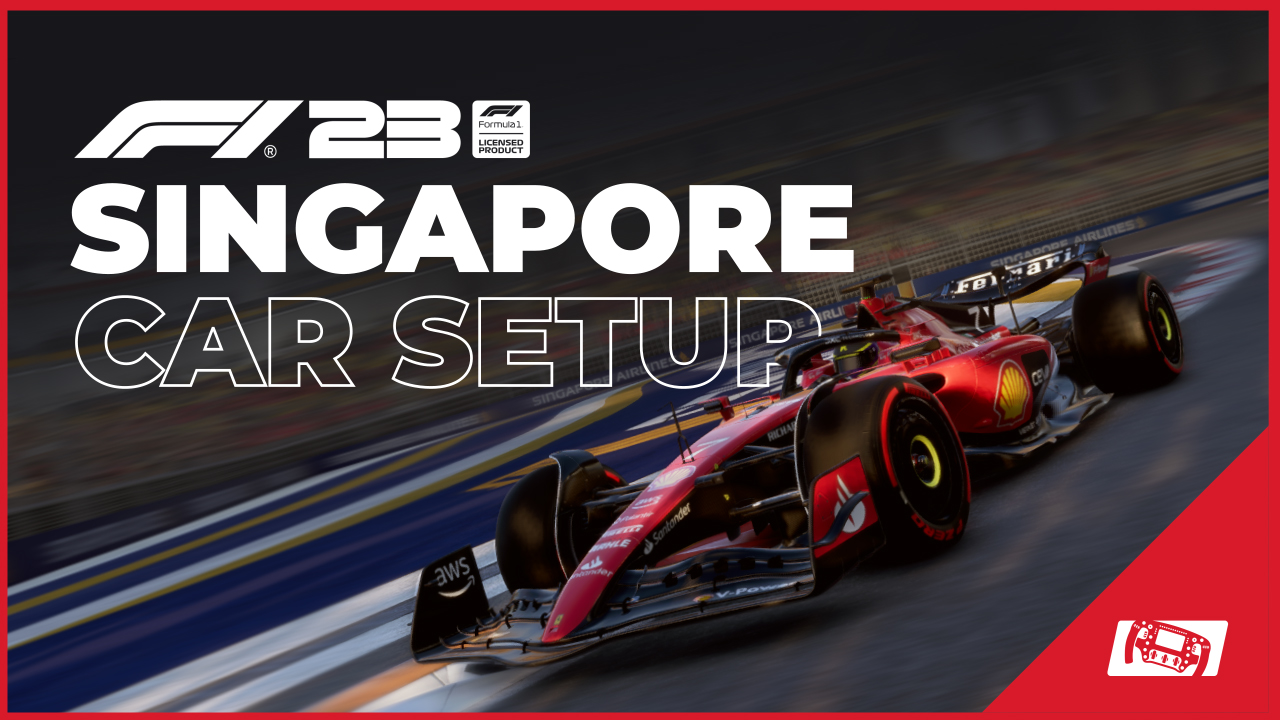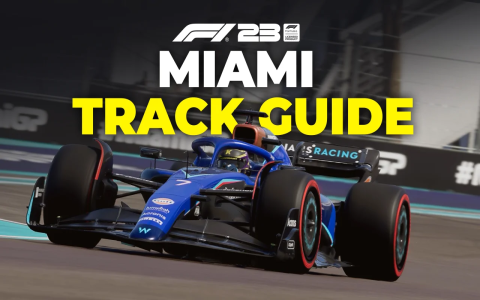Okay, so, I’ve been messing around with F1 23, specifically trying to nail down a solid setup for the Singapore Grand Prix, and let me tell you, it’s been a journey. I figured I’d share my experience and what I’ve found to maybe save you some time and frustration.
First off, I jumped into the game and went straight to the Time Trial mode. I wanted to get a feel for the track without the pressure of other cars around. Singapore, or Marina Bay Street Circuit as it’s formally known, is a beast of a track with all its turns and the need for precision.

I started with the default setup, you know, just to see what the developers thought was a good starting point. Did a few laps, got a baseline time, and then the tweaking began. The first thing I always tackle is the suspension. You want the car to handle those corners like a dream, right? So, I went in and started adjusting.
- Front Suspension: I pushed this all the way up to 41. I know, it sounds extreme, but it really helped keep the front end grippy, especially through those tight corners.
- Rear Suspension: I didn’t mess with this too much, kept it around the middle. I found that too stiff in the rear could make the car a bit twitchy on exit.
Next up was the camber and toe. These settings are crucial for how the tires meet the track, and getting them right can make a huge difference in grip and tire wear.
- Front Camber: Dialed this to -3.2. It felt like a sweet spot for turn-in response without sacrificing too much straight-line speed.
- Rear Camber: Went with -1.70 here. Again, it’s about finding that balance between grip in the corners and not killing the tires on the straights.
- Front Toe Out: Set this to 0. Zero. Keeping it neutral helped with stability, especially under braking.
- Rear Toe In: A slight 0.15 here. This little bit of toe-in helps keep the rear stable when you’re powering out of those corners.
After each change, I’d hit the track again, do a few laps, see how the car felt, and note the lap times. It’s a bit of a grind, but seeing those times drop is super satisfying. I spent hours going back and forth, making tiny adjustments, and eventually, I found a setup that felt really good. The car was responsive, stable, and fast.
Of course, everyone drives a bit differently, so what works for me might not be perfect for you. But hopefully, sharing my process and what I learned along the way will give you a good starting point for your own Singapore setup adventures. It’s all about experimenting and finding what feels right for your driving style. Good luck, and maybe I’ll see you on the leaderboards!














